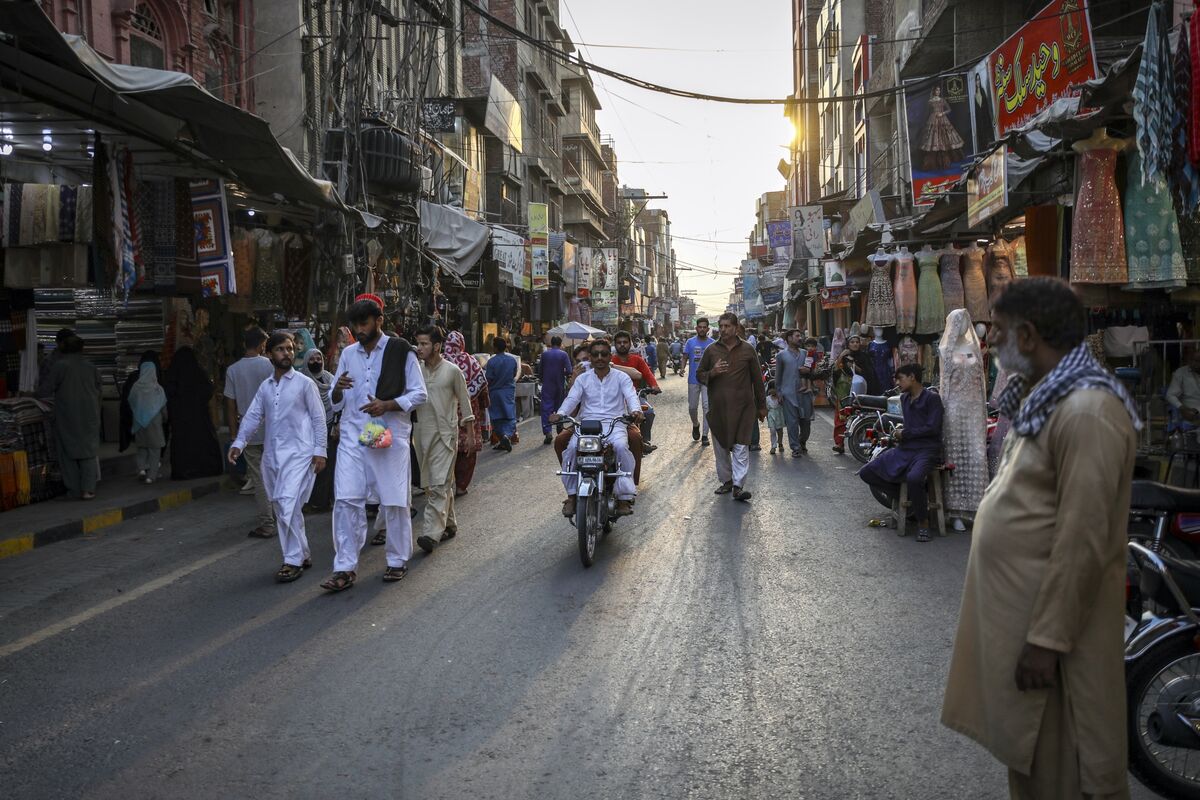Pakistan stock market sheds over 2,000 points amid stalled Afghan talks, economic uncertainty
ISLAMABAD: The Pakistan Stock Exchange (PSX) on Tuesday dropped more than 2,000…

ISLAMABAD: The Pakistan Stock Exchange (PSX) on Tuesday dropped more than 2,000…

Pakistan’s economy is expanding too slowly to meaningfully improve living standards or create enough jobs for its growing population, according to the World Bank.
“Business as usual is not good for the economy,” Mukhtar Ul Hasan, an…

– Advertisement –
PESHAWAR, Oct 28 (APP):Chief Minister of Khyber Pakhtunkhwa, Muhammad Sohail Afridi, has welcomed the lawyers of the Justice Lawyers Forum on their joining the Insaf Lawyers Forum and congratulated them on this occasion.
A…

– Advertisement –
PESHAWAR, Oct 28 (APP):Governor Khyber Pakhtunkhwa Faisal Karim Kundi has said that the province is rich in valuable mineral resources, and if the mining and gemstone industry is developed on modern lines, it can play a vital…